The difference between a
tuxedo and suit
By Raja
A set of matching coat and trousers is traditionally called a suit. But what are the differences between a tuxedo and a suit and can they be worn interchangeably? The idea that one type fits all simply doesn’t apply and frankly, it never will. Indeed, different occasions call for different types of suits. Though they can seem similar, there are distinguishable differences between a tuxedo and a suit. In the world of bespoke tailoring, there can even be a range of tuxedos and suits that don’t meet the “traditional” standard.
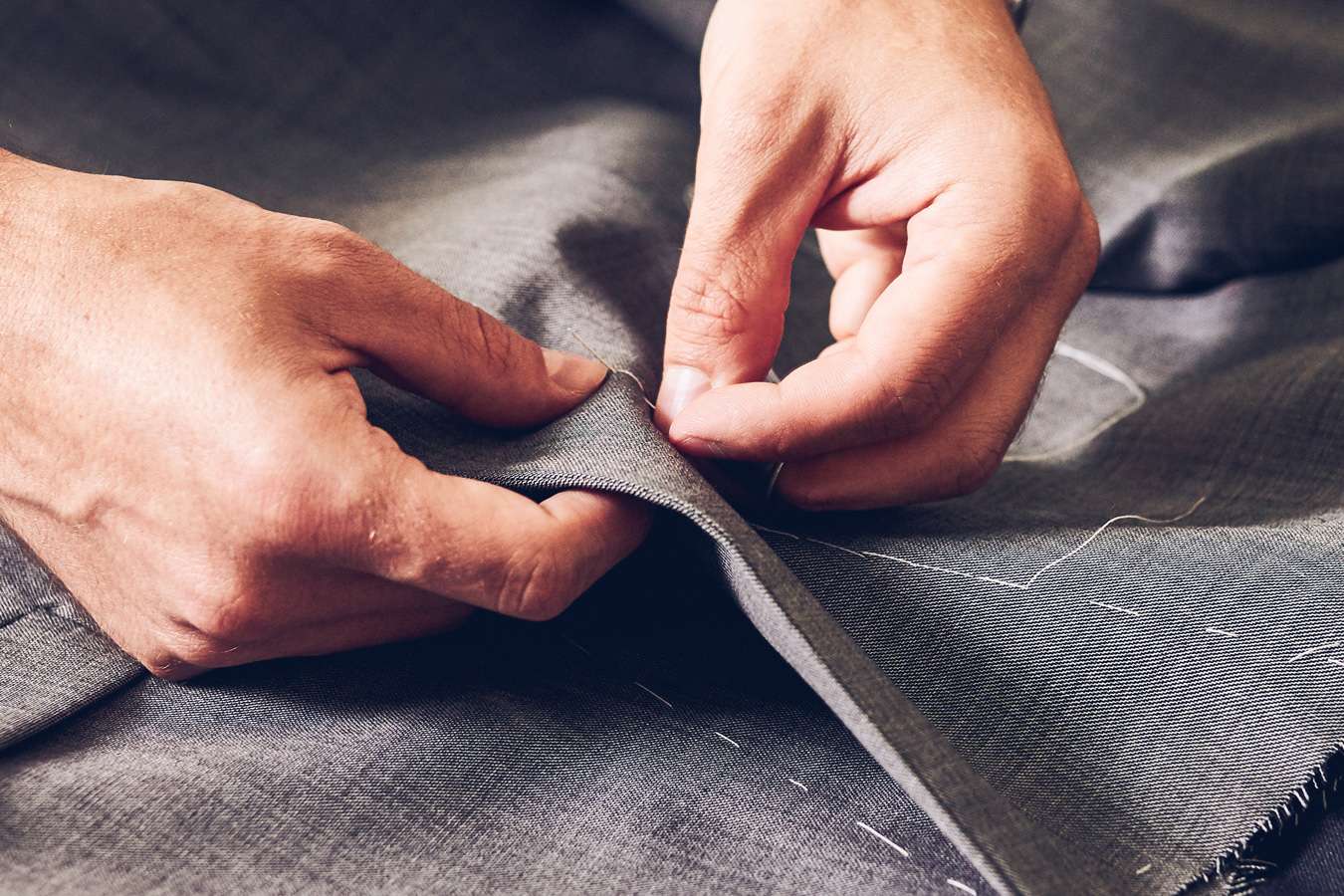
The fabric
Both tuxedos and suits are commonly made from materials like wool, but the big difference between a tuxedo and a suit is the use of satin or silk in the tuxedo. A tuxedo jacket typically black in color has satin facing on the lapels, buttons, pocket piping and a satin stripe down the side of the trousers legs. Your everyday suits won’t feature any satin and this is a fundamental difference between the two.
The colours
Suits typically give you a lot more colour including navy, grey, black and khaki besides style options, so if you want to create a bold look that is all you, a suit might offer you more fashion freedom. Tuxedos are available in a limited colour range than suits. Most people go for traditional black or midnight blue tuxedos. Other options can be found but are almost always a darker solid colour. The lapel facing satin on a tuxedo jacket will still typically be an elegant black or midnight blue. The black lapel can offer a chic contrast if you opted for a blue tuxedo.
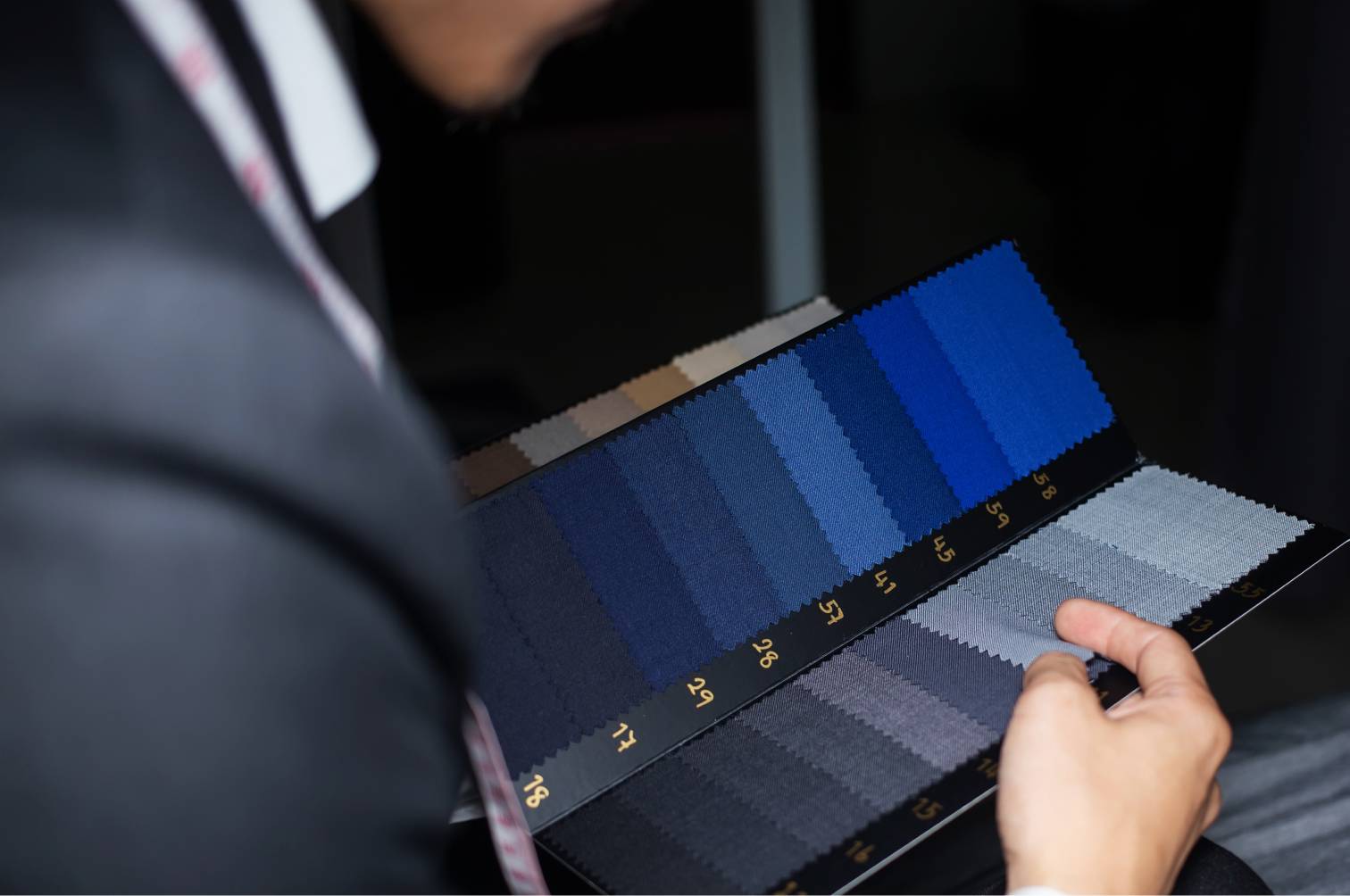

The lapel
One of the main physical differences between a tuxedo and a suit is the lapel. While a suit jacket usually features a notch lapel or a peak lapel, a tuxedo jacket sometimes features a shawl lapel. Shawl lapels, like the notch and peak lapels, come in various widths and shapes but always mark a tuxedo that’s meant to be worn to more important events such as black tie or red carpet.
The buttons
Suit jackets range from one to three buttons, but tuxedo jackets almost always come with single closure satin covered button design. A single button tuxedo jacket forms longer unbroken lines in the front which creates an elegant clean and sleek look.
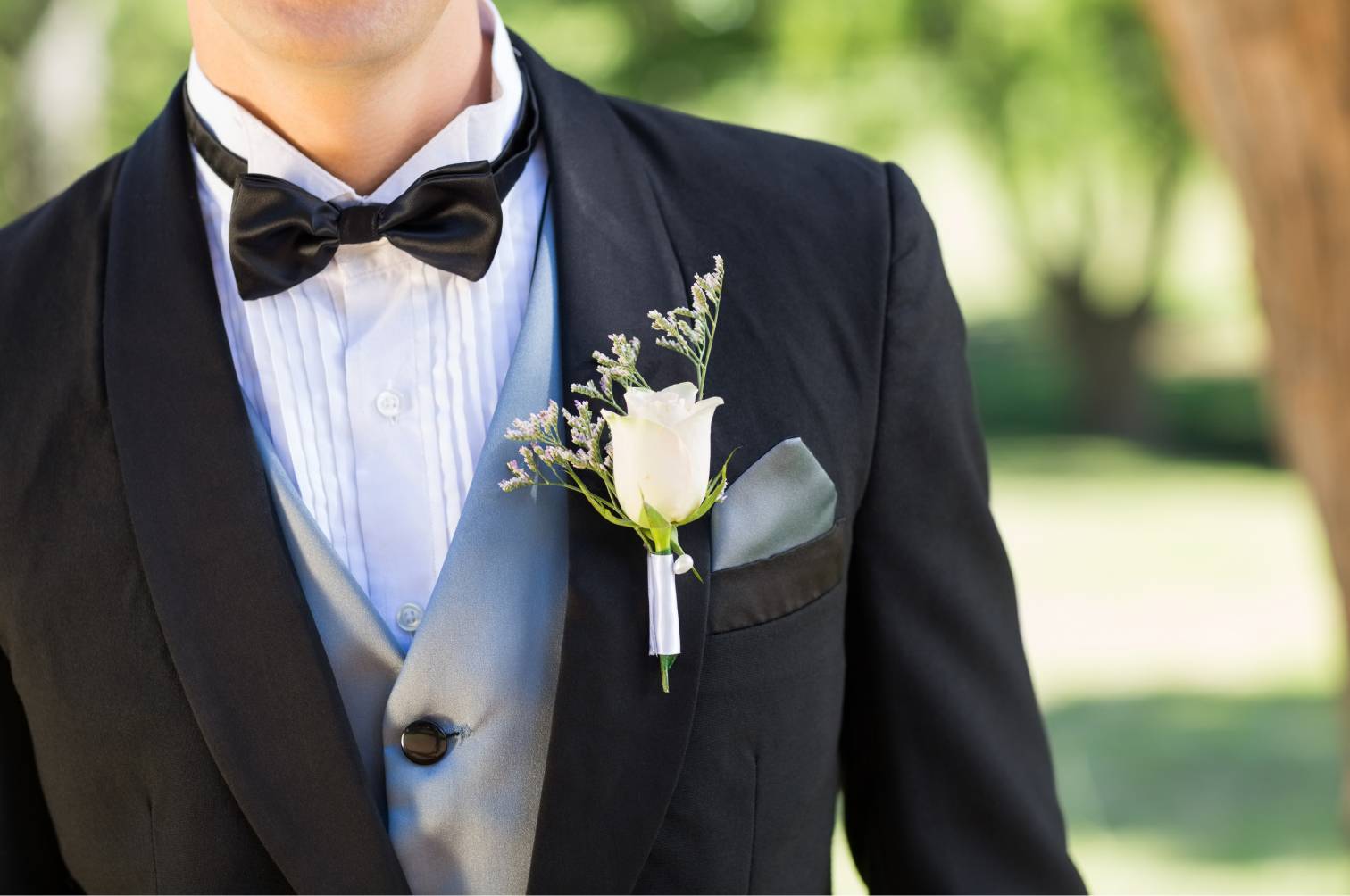
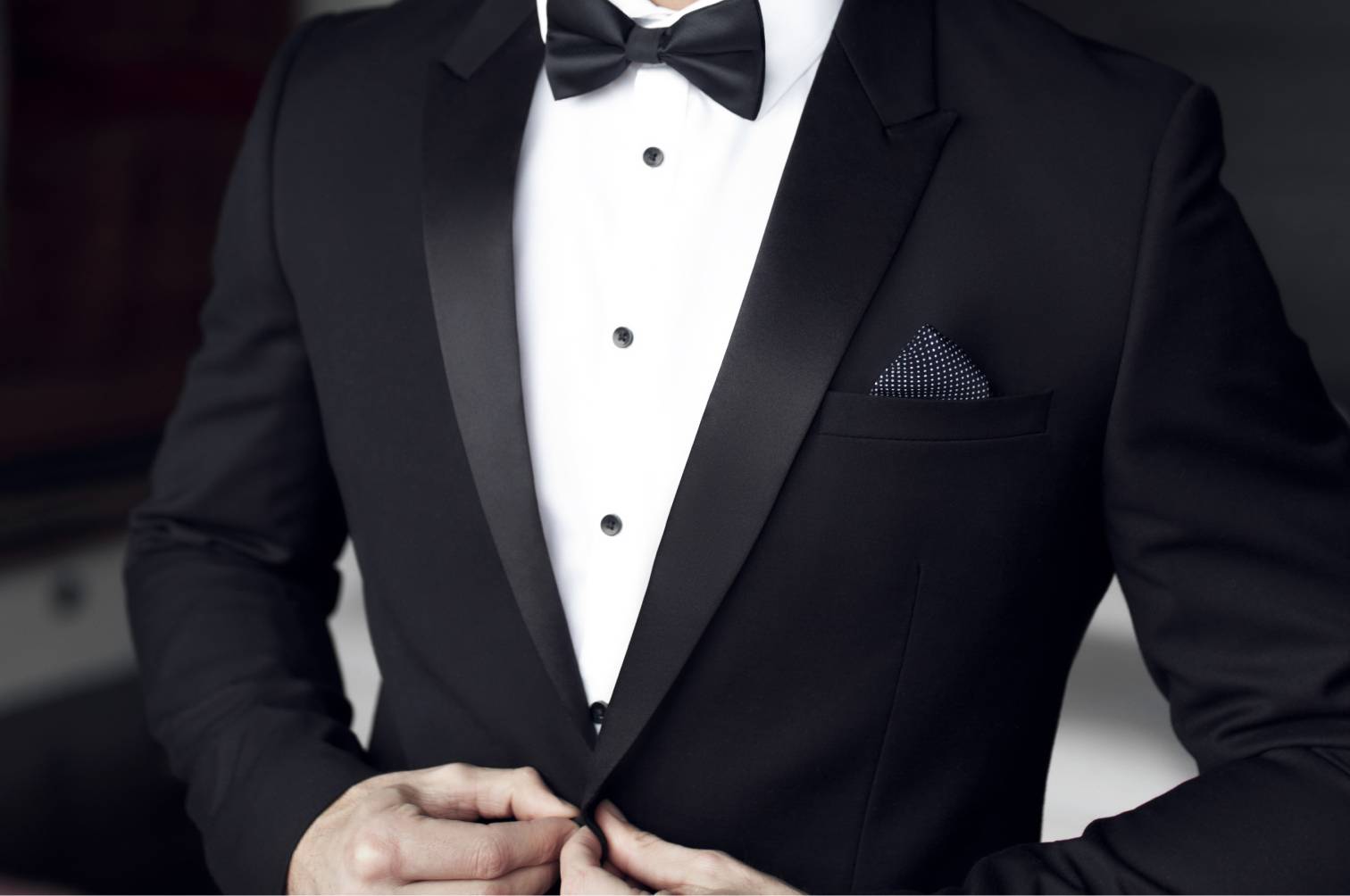
Pocket style
Like the lapels, pocket styles are another major difference between a tuxedo and a suit. In order to maintain the clean lines and overall sleekness of the tuxedo, the traditional flapped pockets found on suits and blazers are replaced with besom pockets with satin piping. This adds a subtly stylish complement to the tuxedo’s clean lines.
The trousers
Tuxedo trousers have a satin stripe down the side of the legs to match the satin on the jacket. There are no belt loops on tuxedo trousers. Instead, there are side adjusters. Suit trousers; however, come with belt-loops by default so you can put on a belt.
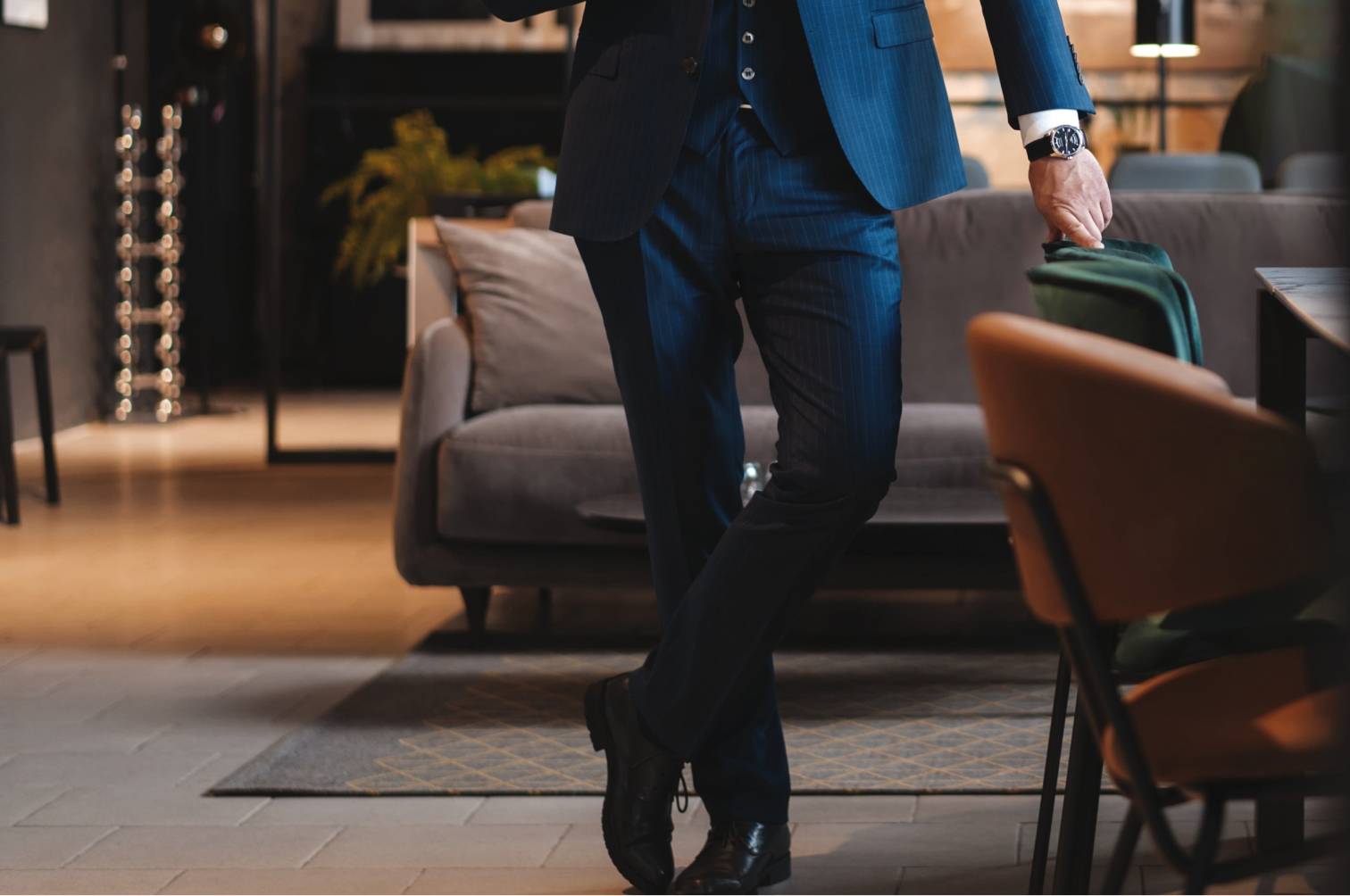
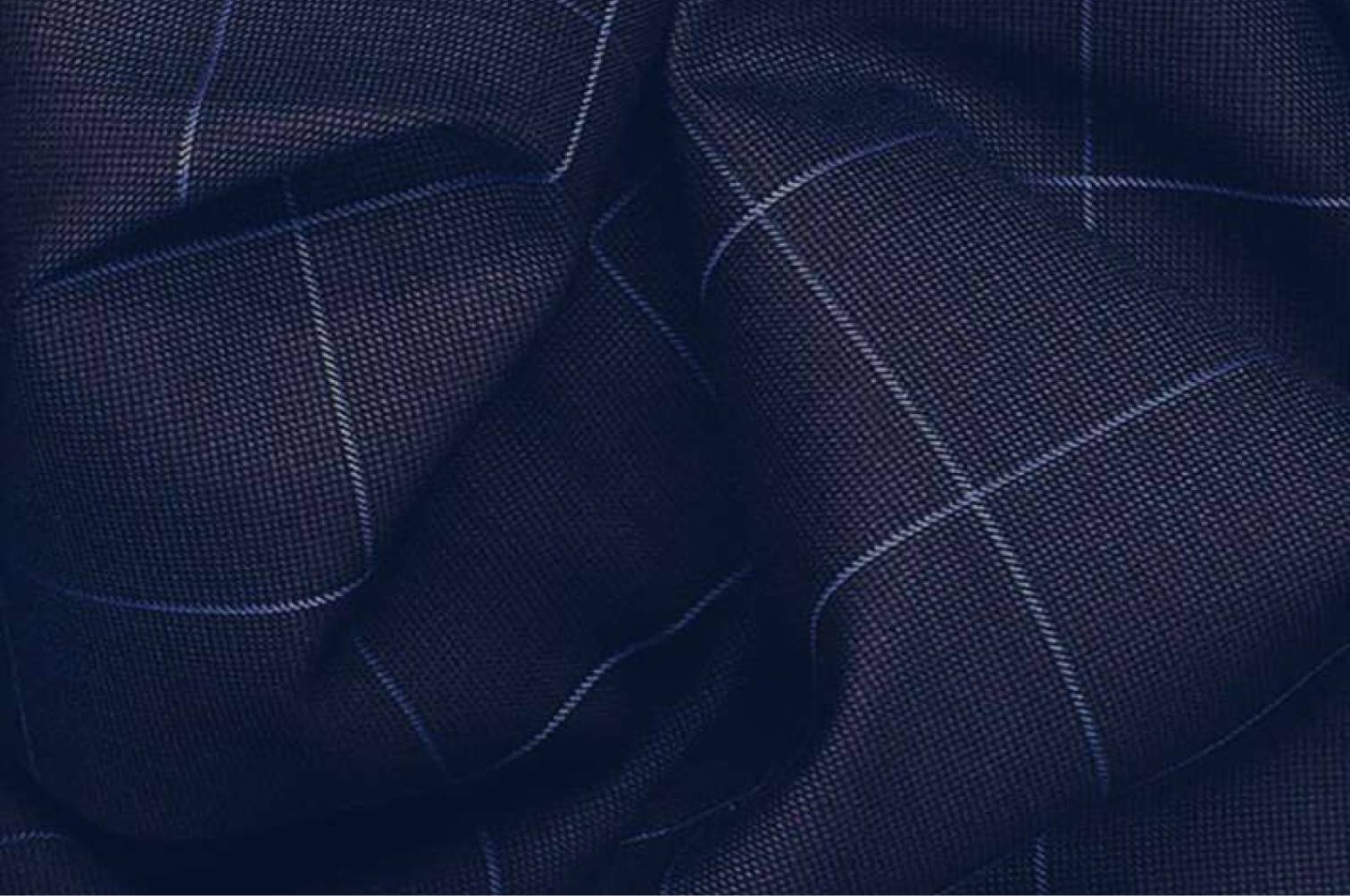
The shirt
A tuxedo should always only be worn with a white shirt. A traditional tuxedo shirt comes with a wing tip collar which is meant to be worn with a bow tie. A spread collar is also acceptable. French-cuff is the recommended cuff style for the tuxedo shirt. Tuxedo shirts can come with plackets that only have holes to be worn with studs or standard plackets with an extra layer of fabric covering the buttons. The chest area on tuxedo shirts can also feature pleats or a bib or a marcella bib front that doubles up the shirt fabric for a crisper look.
A suit is typically worn with a dress shirt. It is a fashion staple. It is a business type shirt. It is extremely common and comes in a variety of collar and cuff types and styles. These are long sleeved, button up shirts. They are worn at work, during business meetings or at nicer events.
The waistcoat and cummerbund
A tuxedo waistcoat usually has a lower button stance featuring a deep ‘U’ shape. A cummerbund is a pleated band, often satin in appearance, that is worn around the waist.
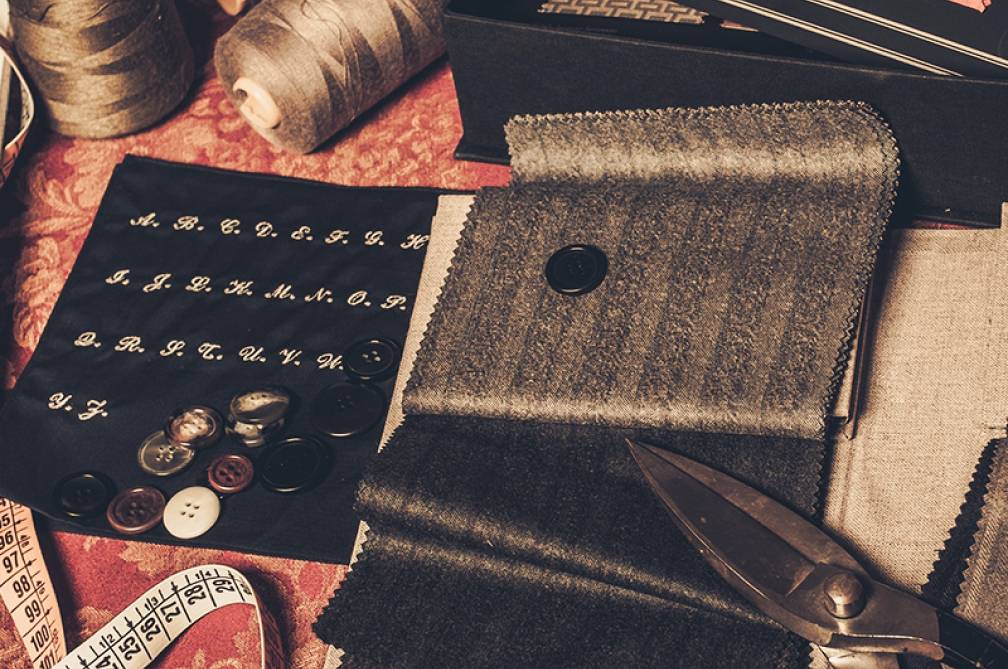
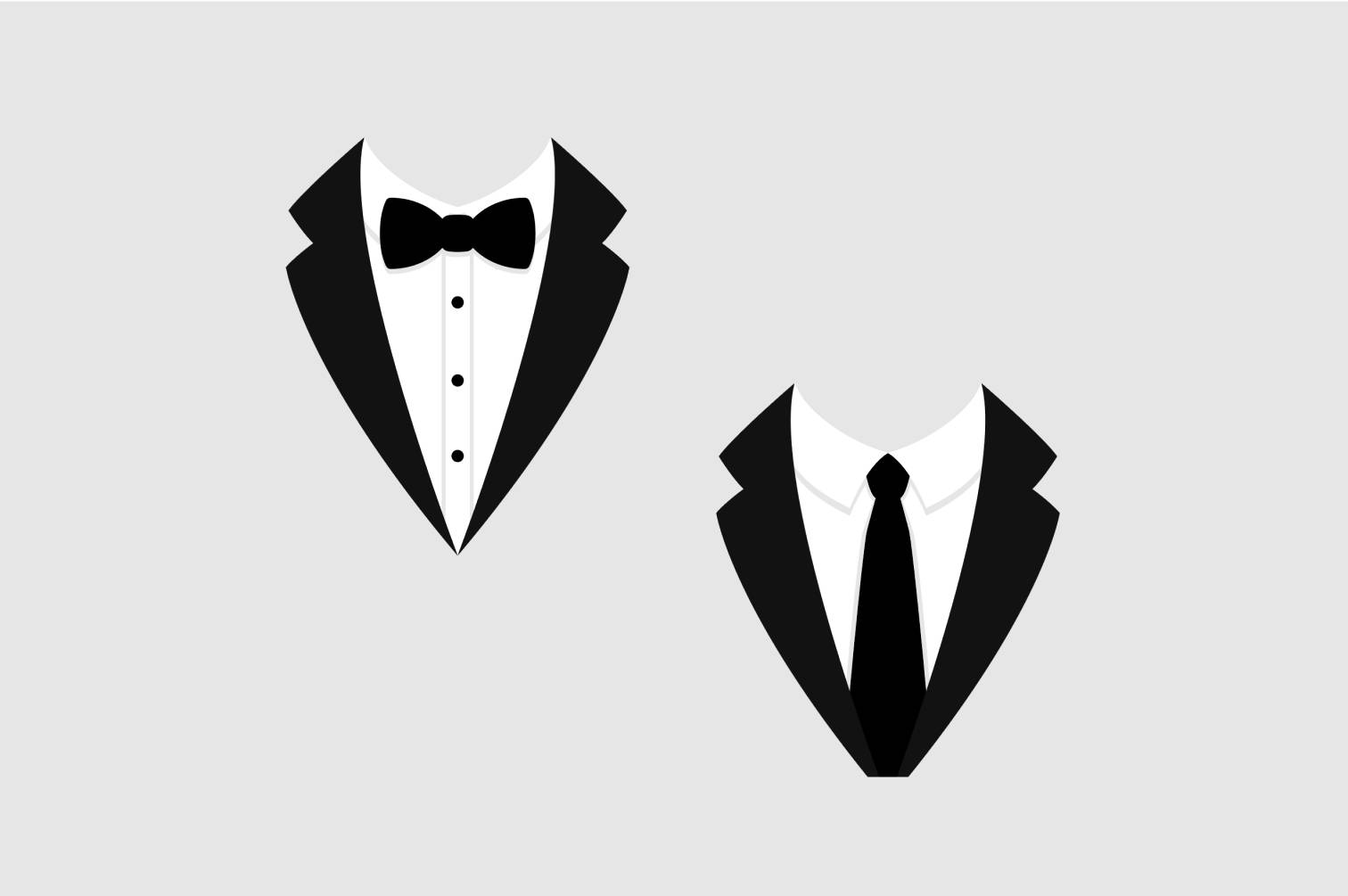
The bow-tie
Black bow-ties are the traditional choice when you’re wearing a tuxedo. With a suit, you can wear a bow-tie too, though it probably shouldn’t be black. They come in a variety of colors/patterns.
The shoes
With suits you usually need to coordinate your shoe color to your belt. You will never wear a belt when you go black tie. With tuxedos, you need to stick to black shoes. They can be shiny patent leather or suede.
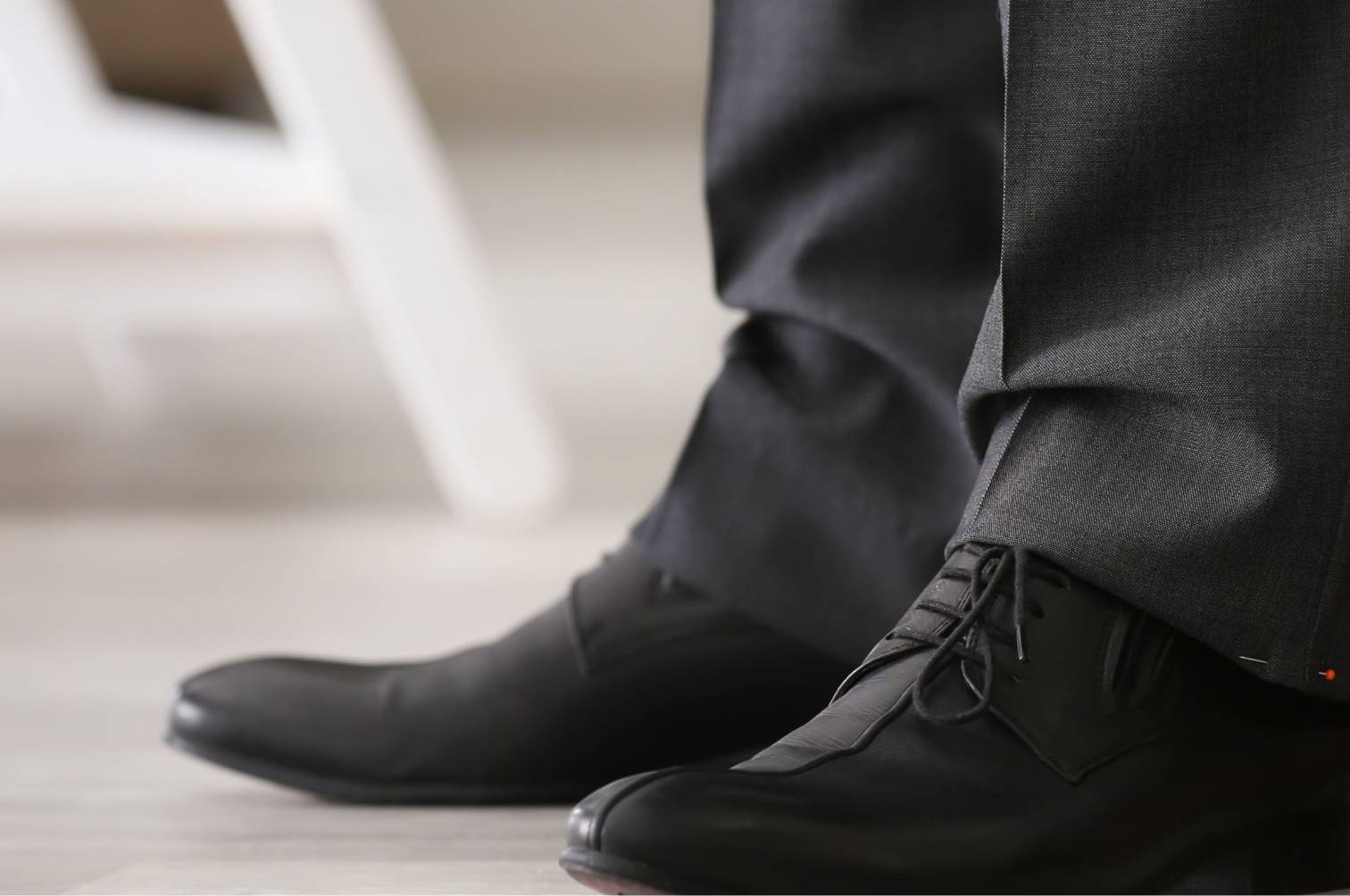
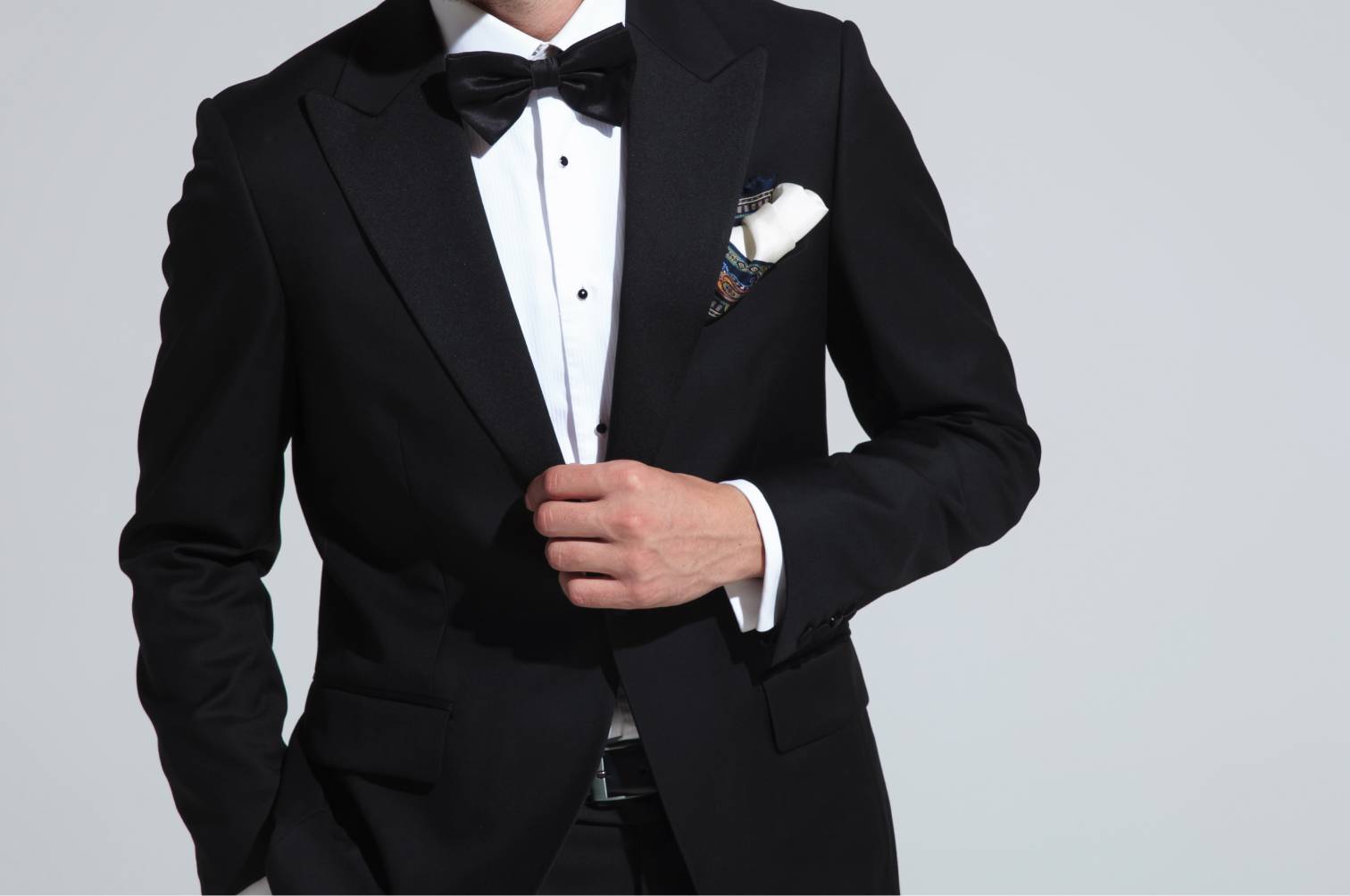
Other differences
It is important to note that, more than the apparent physical differences, a tuxedo sends a different message than a suit. You can go to the grocery store wearing a suit and no one will think it's weird at all. The point of a tuxedo isn't just to dress up and look good. This is part of it. The point is to commemorate a special occasion by wearing something special that you wouldn't wear anywhere else. Your tuxedo says, “This moment is special. This is where I want to be." There is no substitute for the timeless style and elegance of a tuxedo. It is the ideal piece for your next evening engagement.

